Limenet has industrialised the geological carbon cycle by developing a technology that canto permanently store CO₂ through calcium bicarbonates in the oceans.
The raw material used in this process are sea water, waste biomass, carbon dioxide and calcium carbonate.
 |
|
 |
|
 |
|
 |
|
 |
|---|---|---|---|---|---|---|---|---|
 |
|---|
 |
|---|
 |
|---|
 |
|---|
 |
|---|
Thanks to natural chemistry, Limenet is able to react CO₂ with calcium carbonate, producing calcium bicarbonate.
The acceleration of this natural process occurs thanks to the use of electrical and thermal energy in the system.
Based on the energy cost and the resulting carbon footprint, Limenet is testing several solutions that allow the hybrid operation of the plant with electricity or biomass.
The four phases of Limenet process
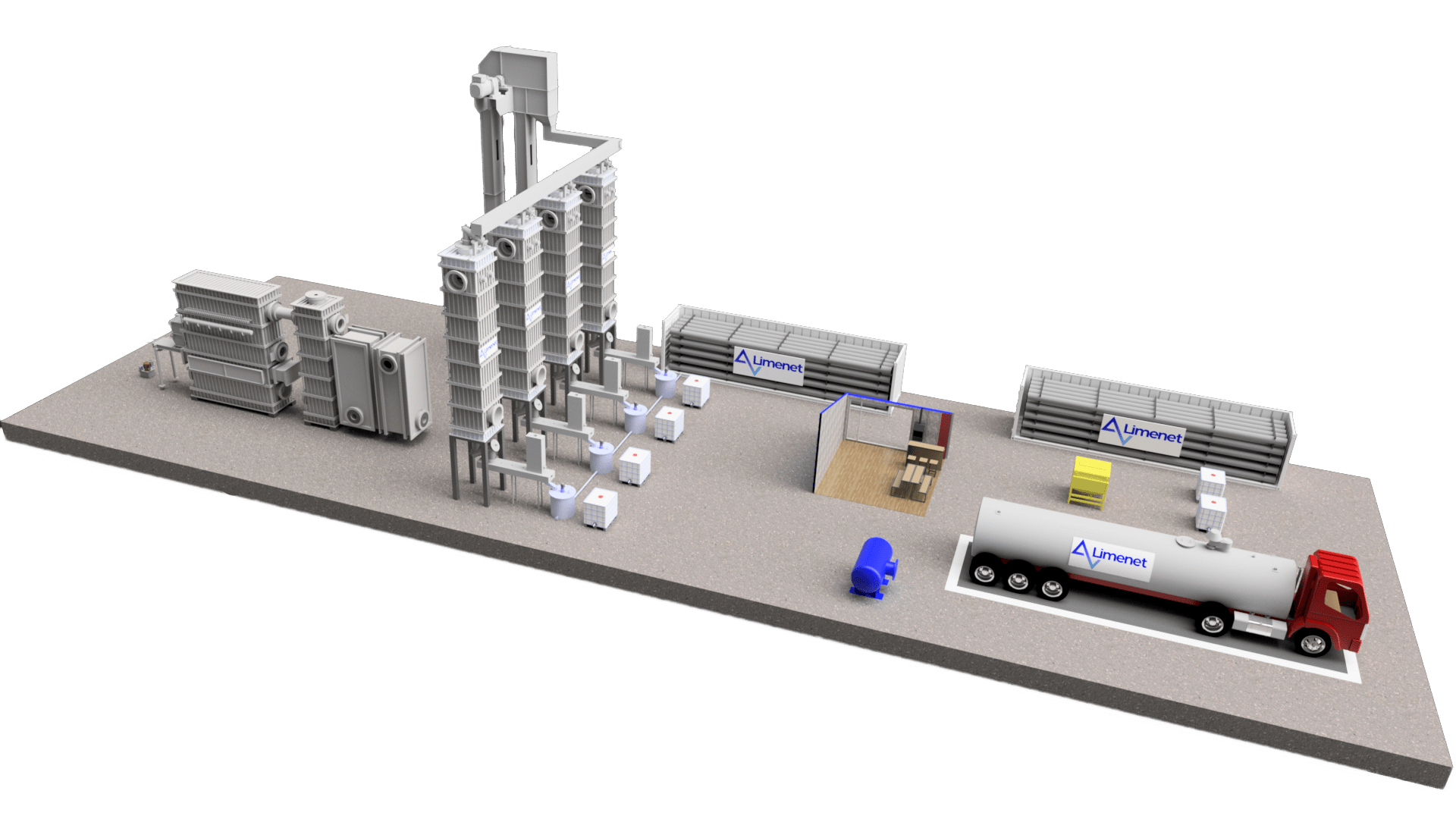
1. Oxycombustion gasification
Waste biomass, containing biogenic CO₂, is processed in an oxycombustion gasifier to generate heat and a stream of pure CO₂.
The heat is used to make calcination and the CO₂ is stored at phase 4 with the produced slaked lime.
2. Crushing - Calcination – Hydration
The limestone raw material (CaCO₃) is crushed, calcined and then separated into CaO (quicklime) and CO₂, by thermal decomposition in an hybrid furnace powered by renewable electricity or biomass oxycombustion.
The quicklime is then hydrated to obtain slaked lime (Ca(OH)₂)).
3. CO₂ abatement and production of calcium bicarbonate
Just over half of the slaked lime obtained is used to remove the carbon dioxide produced by calcination. The process takes place in the Limenet reactor, mixing CO₂ and Ca(OH)₂ in seawater: Ca(OH)₂ + 2CO₂ → Ca(HCO₃)₂. The other half of the slaked lime (Carbon-free) is used downstream to store biogenic CO₂ produced in phase 1 and for carbon sequestration in phase 3 by other CO₂ biogenic suppliers.
3. Storage of CO₂
A quarter of the carbon free slaked lime is used to store CO₂ from the biogenic CO₂ coming from external sources in the form of calcium bicarbonates. Calcium bicarbonate Ca(HCO₃)₂ product enriches seawater with its alkaline properties.

